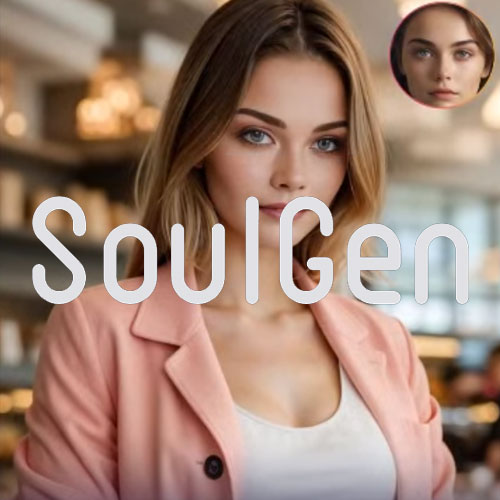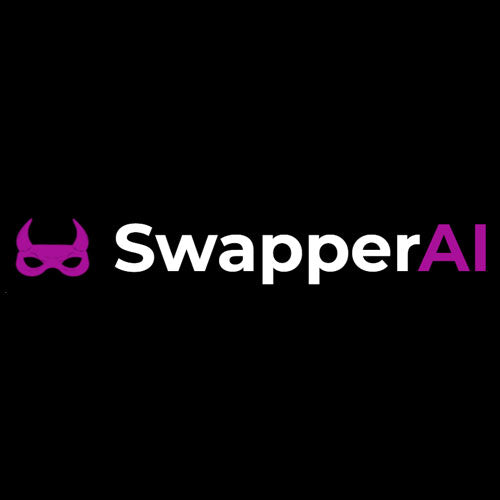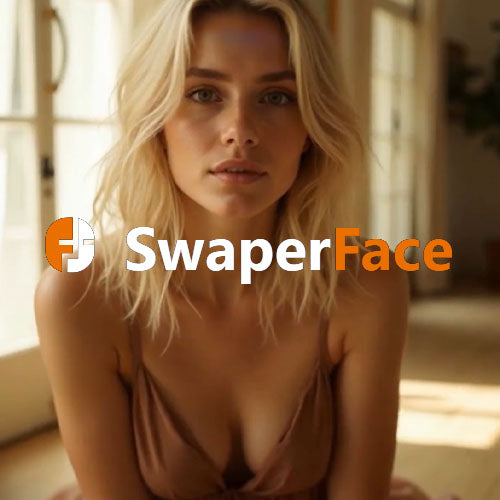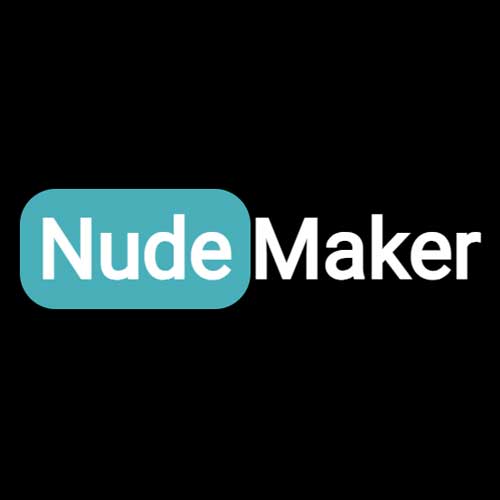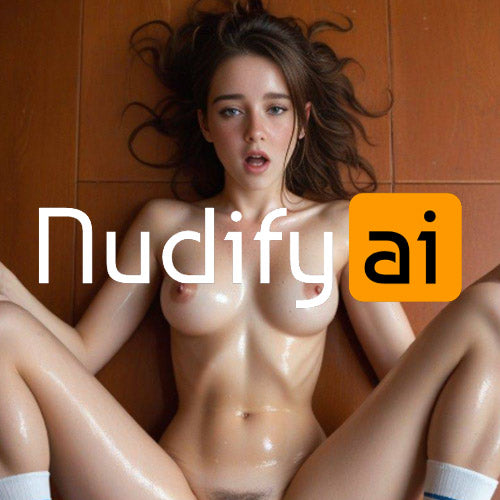Collection: NSFW AI Face Swap
The best NSFW face swap tools on the market are carefully designed to let you explore your creativity and imagination with artistic face swaps. These tools can be used for creative and fun purposes, and they promise to transform your images with a few clicks of a button.
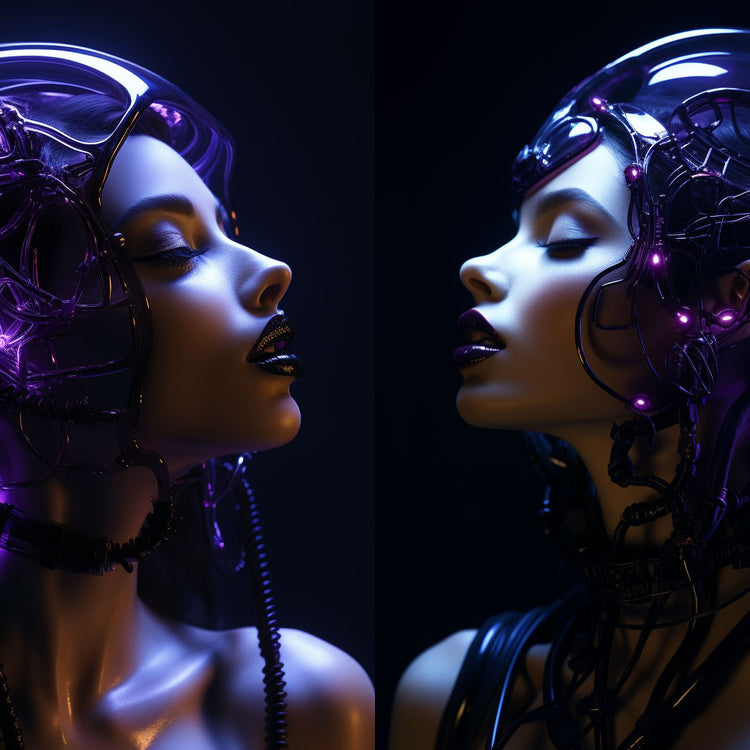
Top NSFW AI Face Swap Tools
-
BestFaceSwap
Vendor:Bestfaceswap.netRegular price $4.16Regular priceUnit price / per -
Porn Works AI
Vendor:Pornworks.comRegular price $2.39Regular priceUnit price / perA gift from NSFWtools - Grab a Mega Discount + 200 Free Tokens
-
Swaperface.com
Vendor:Swaperface.comRegular price $2.00Regular priceUnit price / per -
Deepswaper AI
Vendor:deepswaper.netRegular price $9.99Regular priceUnit price / per -
Only IA Fakes
Vendor:Onlyiafakes.comRegular price $2.46Regular priceUnit price / per -
FaceSwapLab
Vendor:Faceswaplab.comRegular price $4.17Regular priceUnit price / per -
Face swapper
Vendor:Faceswapper.aiRegular price $6.90Regular priceUnit price / per
Swap Your Face, Keep It Sexy
-
AI-Powered Technology
One of the major highlights of NSFW face swap tools is the fact that they are powered by advanced artificial intelligence. More specifically, these tools rely on innovative AI algorithms that are capable of seamlessly swapping faces in the images you upload while keeping the result looking very realistic and natural. These AI-powered tools do an incredible job when it comes to blending expression and facial features, so every transformation is very convincing.
-
Easy-to-Use Interface
We also have to mention the fact that the best NSFW AI face swap tools on the market are incredibly easy to use due to their user-friendly interface. In fact, most of these tools have been designed for beginners. They boast intuitive features that guide you through the whole process, and the best part is that they require no technical knowledge whatsoever, so they can be used by anyone.
-
Compatibility with Different Platforms
Another major highlight of NSFW AI face swap tools is the fact that they work across different platforms and can be used on a variety of different devices. More specifically, you can use them on desktop and mobile devices, which is perfect if you want to explore face-swapping options on the go. Regardless of the device you use for this purpose, enhanced security and privacy are guaranteed at all times.
Overview
NSFW AI face swap tools let you awaken your creativity and imagination by offering the opportunity to play with face transformations on images you upload. These powerful tools are designed with beginner and skilled users in mind, catering to those who are looking for ways to explore their artistic and playful side. These tools can be beneficial to people invested in graphic design, as well as those who are up for some steamy fun.
The results are always natural-looking and realistic, thanks to the advanced AI algorithms that these tools employ. More specifically, these AI algorithms naturally swap faces in photos while making sure that the result is realistic-looking. To awaken your creativity, they boast a range of customizable editing options, so the options are limitless. In addition, they come packed with boosted privacy controls and are incredibly easy to use, thanks to their intuitive user controls.
With these tools, you can also play with facial expressions and change skin tones. It is also possible to change the background to get more interesting transformations. The versatility of these tools is unmatched whether you use them for fun or creative purposes. Being compatible with a wide range of mobile devices, you can play with face transformations on the go. Even on the go, these tools retain the same level of functionality, so you will never compromise on the quality of the final product.
How It Works
Once again, the best NSFW AI face swap tools rely on artificial intelligence to create realistic and natural-looking face transformations on the images you upload. AI algorithms employed by these tools do an amazing job when it comes to analyzing and understanding all the different facial features of faces in an uploaded image. This is necessary for a seamless and natural-looking face transformation.
Artificial intelligence employed by these tools is also able to detect all the key features on faces, including the mouth, nose, and eyes. Once these are detected, the AI face swap software starts working on aligning the new face with the original one while retaining remarkable precision. It also does an incredible job with matching features, like facial expression, lightning, and skin tone.
One of the major benefits of these tools lies in their remarkable versatility and the fact that they can easily adapt to different image qualities, poses, and angles. Regardless of what kind of images you use, artificial intelligence adjusts to deliver a natural-looking face transformation. Many tools of this kind boast extra features that allow a greater level of customization and are definitely more fun to use.
Main Attractions and Features
This leads us to the main attractions and features of NSFW AI face swap tools. One of these is the amazing variety of customization options, while these remarkable tools boast enhanced privacy and are accessible on a range of platforms.
- Boosted Privacy and Security: With the best NSWF AI face swap tools on the market, you benefit from boosted privacy and security. These platforms handle your private data with uttermost care, while the SSL data encryption technologies employed do the best job of preventing unauthorized third-party access.
- Variety of Customizable Options: There is an incredible variety of customizable options, which is another major highlight of playing with AI face swap tools. You have the option to tweak different elements of the uploaded image, change facial expressions, align faces differently, and even change the skin tone.
- Compatibility with Different Platforms: We also have to mention the fact that the best NSFW AI face swap tools work on a wide range of platforms and devices. Most tools of this kind working on desktop devices can also be accessed on mobile devices via dedicated apps. It is also possible to use these tools with different software systems to create even more immersive content.
Future Trends in NSFW AI Face Swap
Nobody knows what the future may hold for this niche industry, but you can rest assured that these tools will probably offer more innovative features thanks to the advancements in artificial intelligence. It is also possible to see AI face swap tools that create more realistic images, while customers may also enjoy more seamless face transformations with other user-friendly features.
As AI algorithms become more sophisticated, these tools will probably include more refined techniques for blending faces and making sure that lightning, skin tones, and facial expressions are matched to a tee. In the future, developers of AI face swap tools may also start relying more on VR and AR technologies to allow their users to interact with their face transformations in real time. This would definitely create a more immersive experience.
In the future, AI face swap tools will offer more customization options, which will essentially mean greater control over the final product. We expect more advanced editing options, such as the option to apply artistic filters and adjust facial expressions more seamlessly.
Security and Privacy in NSFW AI Face Swap
When using NSFW AI face swap tools, you have to provide some personal information and upload personal images, so there is always a concern regarding the safety of the data you provide. However, with the best tools of this kind, you have nothing to worry about, as the most reputable developers employ the most advanced security measures to reduce the risk of potential third-party access and your data being compromised.
These platforms have different data encryption technologies that do an amazing job of encrypting the data you upload and keeping it safe and away from prying eyes. Many platforms of this kind also offer the option to permanently delete the images you have uploaded once you are done with the face-swapping transformation. This means there is no risk of the retention of your personal data.
FAQs
What are NSFW AI face swap tools?
NSFW AI face swap tools let you play with your images by swapping faces and doing other transformations. They are powered by artificial intelligence and deliver very realistic and natural-looking results.
Is it safe to use NSFW AI face swap tools?
Yes, using NSFW AI face swap tools is 100% safe if the tool you are using is protected with data encryption and other robust security measures.
Can I use NFSW AI face swap tools on my mobile device?
Yes, many tools of this kind can be used on smartphones and tablets, and mobile users have a great range of customization options to explore.
Are NSFW AI face swap tools easy to use?
Yes, these tools are incredibly easy to use with their user-friendly interface, and to use on, you do not need any technical knowledge.
Are NFSW AI face swap tools only usable on NSFW content?No, you can use these tools on non-NSFW content without any limitations





